PHARMACOLOGY PROFILES
Psilocybin
3-[2-(dimethylamino)ethyl]-1H-indol-4-yl dihydrogen phosphate (Psilocybin)
and 3-[2-(dimethylamino)ethyl]-1H-indol-4-ol (Psilocin)
C12H17N2O4P &
C12H16N2O
Drug Classification
Tryptamine
Common Names
Psilocybin Mushrooms, Cubes, Shrooms, Magic Mushrooms, Psychedelic Mushrooms, Mucks, Boomers, Mushies, Goombas
Binomial Nomenclature
Mushrooms that contain psilocybin in the Psilocybe, Copelandia, Gymnopilus, Inocybe, Panaeolus, Pholiotina, Pluteus genera.
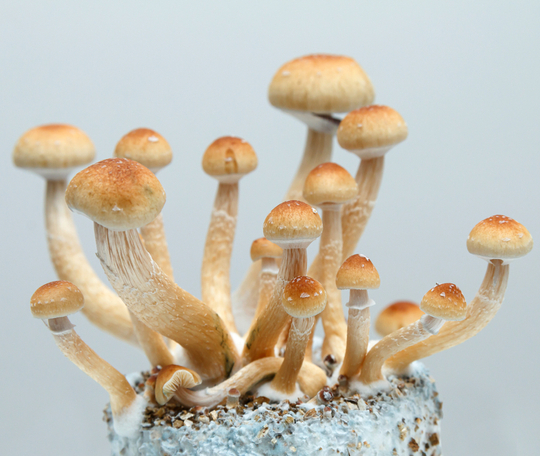
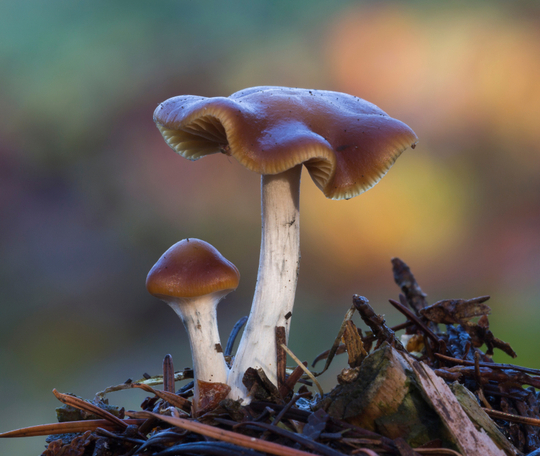
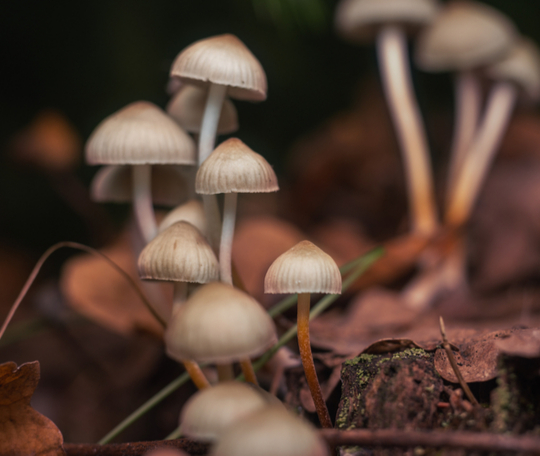
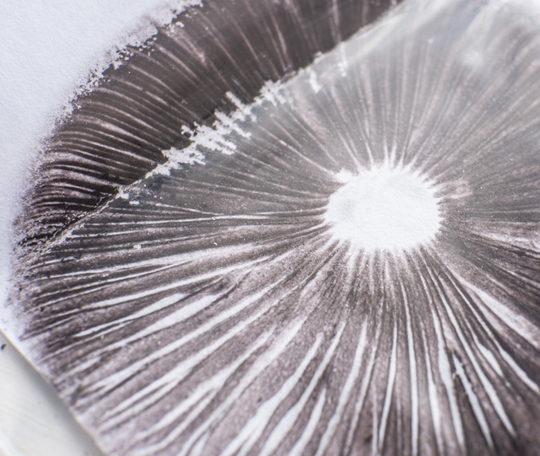
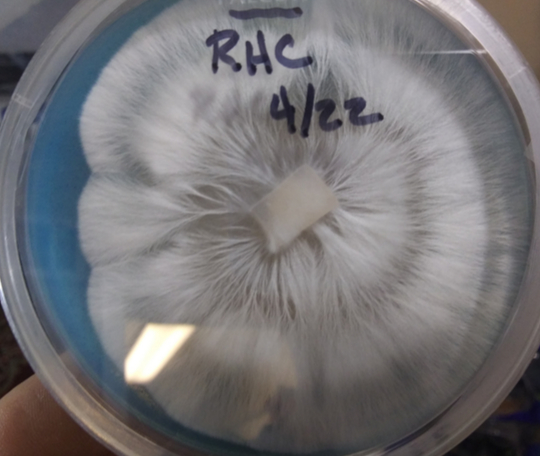

Overview
Psilocybin mushrooms, commonly known as “magic mushrooms,” are fungi that contain the psychoactive
compounds psilocybin and psilocin. There are over 200 species of mushrooms that contain one or both
chemicals, most of which belong to the Psilocybe genus.
These mushrooms have been traced all over the world, but are most known for their use in spiritual
and religious rituals in Mesoamerica. There is even some speculation that humans have been using
psilocybin mushrooms since prerecorded history. Petroglyphs, pictographs, and other archeological
evidence have backed this claim up. Today, they are one of the most common psychedelics used in the
U.S. and Europe and are currently being studied for their therapeutic benefits in psychiatric
settings.
Psilocybin mushrooms have been used to help treat a wide variety of health conditions, including but
not limited to cluster headaches, alcohol and drug addiction, anxiety, chronic depression, and
post-traumatic stress disorder (PTSD). Despite promising results, these mushrooms are still
considered a Schedule I substance. The Food and Drug Administration (FDA), however, allows strictly
controlled studies that research the mental and physical effects that psilocybin has on humans. In
fact, the FDA designated psilocybin therapy as a “breakthrough therapy” to treat major depressive
disorder (MDD) two years in a row.
Though psilocybin mushrooms have not been proven to be toxic or addictive, it is highly
recommended to use harm reduction practices if using this substance.
Dose and Duration
Though each experience depends on a number of factors (dose, set, setting, etc.), the four most
common doses for psilocybin administration are the microdose, small, moderate, and macro or “heroic”
dose. These doses are all measured by dry weight and will usually contain levels of about 1-4%
psilocybin per gram, though this can vary by cultivar and refinement of genetics.
- Micro dose: 0.02 – 0.25 g
- Small: 0.25 -1 g
- Moderate: 2 – 3.5 g
- Macro or heroic (coined by Terence McKenna): 5 g+
If a perceptual amount is consumed, it should take about 30 to 45 minutes for the effects to kick in
and should last between 4 to 8 hours. With a micro dose or sub-perceptual amount, one should start
to feel a sense of ease and flow within the first 30 minutes or so that should linger throughout the
day.
Effects
Psilocybin is a prodrug to psilocin. This means the body must metabolize psilocybin into psilocin in
order to produce psychedelic effects. Both psilocybin and psilocin interact with the brain’s
serotonin receptors, particularly the 2A (5-HT2A) receptors, with the agonism of these receptors
seeming to trigger psychedelic and hallucinogenic effects. Though one cannot claim that these
effects are caused by agonism of the 2A (5-HT2A) receptors alone, research suggests it is an
important factor in producing hallucinogenic and psychedelic effects.
In a 2014 study, MRI scans showed the difference between neural connection and integration in
subjects under the influence of psilocybin versus sober subjects. The results demonstrated that
there is a strong link between neural connection and integration while under the influence of
psilocybin and a much weaker connection and integration in sober counterparts. This effect is most
likely responsible for sensory integration, or synesthesia— the blending of senses— and other
neurological “cross-talk” phenomena.
Experience
The effects one experiences on psilocybin mushrooms depends on a variety of factors, such as dose and
“set and setting”. For example, at a microdose level, one can expect to have a heightened sense of
creativity and empathy with decreased levels of anxiety and depression. It is not until a moderate
to macrodose is taken that users will experience life-changing insights, synesthesia, or mystical
experiences.
Other shared experiences include:
- Pain Relief
- Deep Relaxation or Sedation
- Enhanced Colors
- Tracers
- Shifting Colors
- Perceptual & Sensory Hallucinations
- Internal Epistemological Hallucinations
- Geometric Patterns, sceneries and Landscapes
- Euphoria
In high-dose cases, one may experience what is known as ego death. This is when long-term memory is
significantly suppressed to the point that one cannot recall and comprehend conceptual information
associated with one’s sense of self-hood and identity. It can be a very intense experience for
people, but it is known to come from a state of deep peace, unity, and interconnectedness.
Benefits
Psilocybin mushrooms have a long history of being used in healing ceremonies and rituals in human
history. Since the 60s, psilocybin mushrooms have been researched and studied to help treat a wide
range of physical and mental health conditions. Studies show that psilocybin effectively decreases
anxiety and depression and helps treat alcohol and drug addiction. In cancer patients, one single
large dose reduced psychological distress for up to 6 months after being treated with psilocybin,
including end-of-life anxiety.
Scientists have yet to figure out what exactly it is about psilocybin that is responsible for these
changes, however, research suggests that it could be due to psilocybin’s ability to lower activity
in the brain’s prefrontal cortex. An active prefrontal cortex is generally associated with higher
rates of anxiety and depression. By lowering activity, the prefrontal cortex can revert to a more
neutral state and subdue negative thoughts and feelings while creating new neural pathways and
propagating myelination of neurons.
Risks
According to the 2017 Global Drug Survey, psilocybin is considered the safest substance an individual
can consume. It is non-addictive and there has not been a single lethal dose reported to date.
As with any drug, however, there are some possible risks. In some cases, the onset period of a
psilocybin trip can cause panic attacks, paranoia, and mood swings. It is recommended that users
with prior mental health conditions, such as bipolar disorder, schizophrenia, and suicidal
depression, speak to a physician before taking any dose.